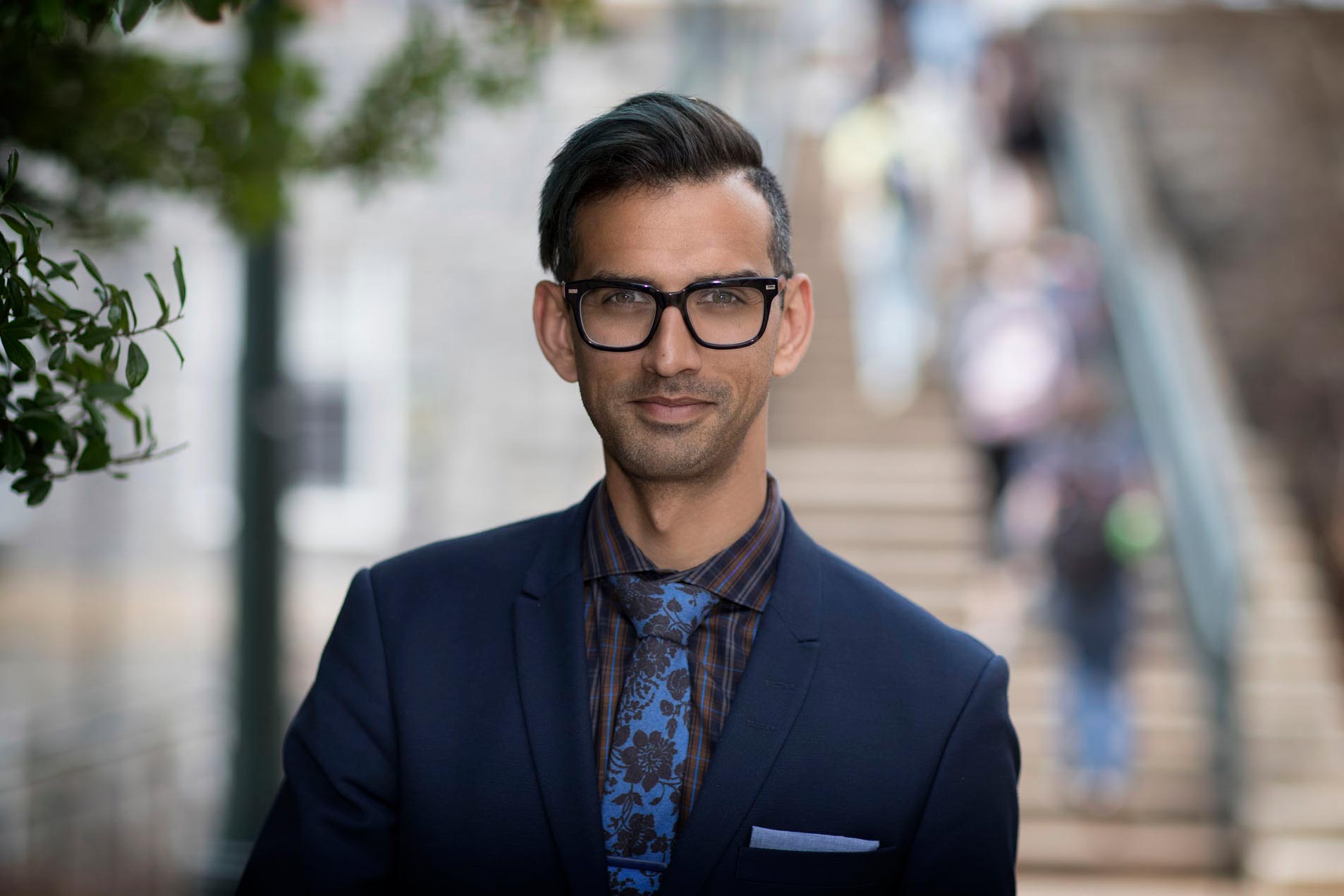“Incredibly frustrating and moving” is how University of Virginia media studies professor Christopher Ali describes the feedback that Louisa County residents gave Saturday at a Rural Broadband Summit hosted by U.S. Rep. Abigail Spanberger, D-7th, at Louisa County High School.
“We heard firsthand accounts … from not being able to sell houses, to not being able to perform required work, to paying hundreds of dollars a month for service,” Ali said. “We also heard frustrations about the promises being made to correct the digital divide, but the inaction that follows.”
Following the summit, UVA Today caught up with Ali.
Q. Can you expound on that “digital divide” that separates rural and urban communities?
A. The digital divide refers to two things. One is availability of broadband. Right now, at least 30% of rural America does not have access to the internet at broadband speeds (currently defined as 25mbps download/3 mbps upload).
The second aspect of the digital divide refers to adoption. Even when broadband is available, sectors of rural America do not subscribe because of the high cost, or, do not have the skill sets necessary to fully participate in the digital world. We also call this “digital inclusion” and it represents the second aspect of the digital divide.
Q. Why is this lack of broadband in counties such as Louisa such a pressing issue?
A. It’s pressing because one cannot hope to participate in contemporary society without not only access to the internet, but reliable, affordable and fast access.
To me, there are five pillars of rural broadband: business and economic development, education, health care, democracy and civic participation, and quality of life. Each of these pillars suffers when access to broadband is stunted.
Q. How, exactly, does Louisa compare to Charlottesville and other parts of Central Virginia in terms of broadband service?
A. Louisa is poorly connected when compared to Charlottesville, and is poorly connected when we look at other counties in Central Virginia, especially those now being served by Firefly, which is the fiber-to-the-home service provided by the Central Virginia Electric Cooperative.
Q. What have been the roadblocks to broadband equality within the state?
A. There are two primary roadblocks, and neither are unique to Virginia.
The first is, of course, money. It will cost somewhere between $80 billion to $150 billion to fully connect this country.
The second is that Virginia has placed legislative barriers to dissuade municipalities from becoming their own broadband providers. Across the country, communities are coming together to lay their own connections when the major companies either refuse to connect them or have subpar service. Virginia makes it very difficult for municipalities to do so and therefore limits the broadband options available to rural communities.
Q. How do you expect this issue to play out over the long term?
A. I love the amount of attention rural broadband is getting right now – from the press, from presidential candidates, from communities – and I’m hoping that we can ride this wave toward universal connectivity.
That said, there are obstacles in our way, and these include a lack of coordination at the federal level, major broadband companies gobbling up subsidies and providing subpar service, and, as I wrote above, the 19-plus states that make it difficult or impossible for communities to connect themselves through a public broadband option. There’s still work to be done, but I am cautiously optimistic.
Q. Any other takeaways?
A. This was an incredibly eye-opening event for me, and I hope that we can have more listening sessions like the one in Louisa regarding rural broadband. Every rural resident deserves to have their voices heard in this important issue.
Media Contact
Article Information
August 21, 2019
/content/qa-professor-concerned-about-lack-broadband-uvas-backyard

